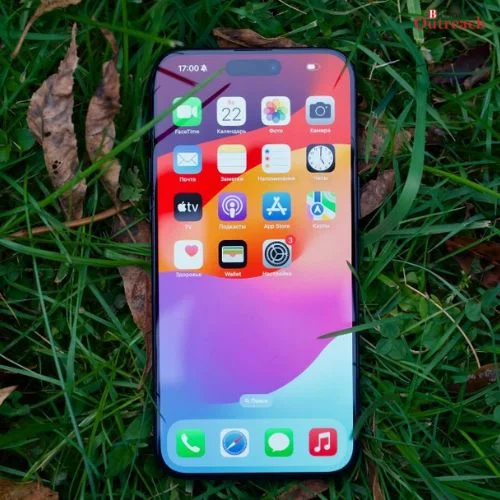While the iPhone continues to be a commercial juggernaut for Apple, the device has remained relatively unchanged in recent years in terms of user experience. But that could all change very soon as the tech giant is aggressively pursuing artificial intelligence behind the scenes with research that hints at revolutionary new capabilities coming to the iPhone.

At its annual Worldwide Developers Conference (WWDC) in June, Apple is expected to unveil a major new focus on AI and preview upcoming features powered by its advanced machine learning research. Some of this work was recently exposed through papers published by Apple scientists, providing a glimpse into the company’s vision. And it’s clear that AI will play a much bigger role in shaping how users interact with iOS in the future.
One of the most exciting prospects is a more intelligent Siri virtual assistant. Apple researchers have been developing on-device AI models like ReALM that can understand natural language commands and independently complete tasks. This has led to speculation that Siri could soon be upgraded to handle complex requests without an internet connection using only the iPhone’s processor.
No longer would Siri struggle with certain queries or require an internet connection. With AI models residing directly on the device, she would be much smarter, private and responsive. Apple seems to be moving away from traditional cloud-based assistants towards a new generation of self-sufficient AI helpers that are always ready to assist.
But that’s not all that’s in the works. Another project called “Ferret-UI” aims to let AI interpret open-ended language instructions to control any interface, from home screens to individual apps. Imagine verbally guiding your iPhone through multistep tasks without touching it. The potential for more intuitive, seamless interactions is huge.
Keyframer is equally exciting as it could make animating static images as easy as a few spoken commands. Coupled with other visual AI models, the Photos app and other interfaces may soon understand images as well as we do using machine vision. Editing and enhancing photos could become far more powerful yet accessible to all users.
It’s clear Apple wants to blend AI seamlessly into the iPhone experience for benefits beyond just answering queries. By studying research papers and reading between the lines of their technical jargon, we can see the foundations being built for a new paradigm of “thinking” devices. AI is on the verge of transforming how we use and interact with what was previously just a smartphone.
Of course, making these ambitious goals a reality faces significant challenges. Apple would need to optimize AI models for privacy and efficiency to run locally on devices without draining batteries or compromising security. And translating research into polished, user-friendly features takes time and refinement.
Still, if any company can pull this off successfully, it’s Apple. With their focus on design and an integrated hardware-software approach, AI has the potential to feel almost magical through iPhones. While the full extent of changes may not be seen all at once, WWDC could offer exciting early glimpses of an AI-empowered future that’s closer than you think. The transformation has already begun.















